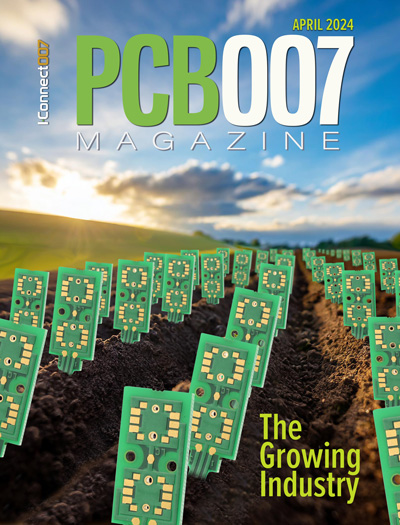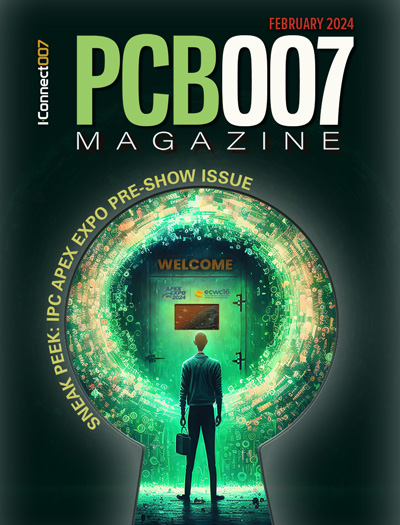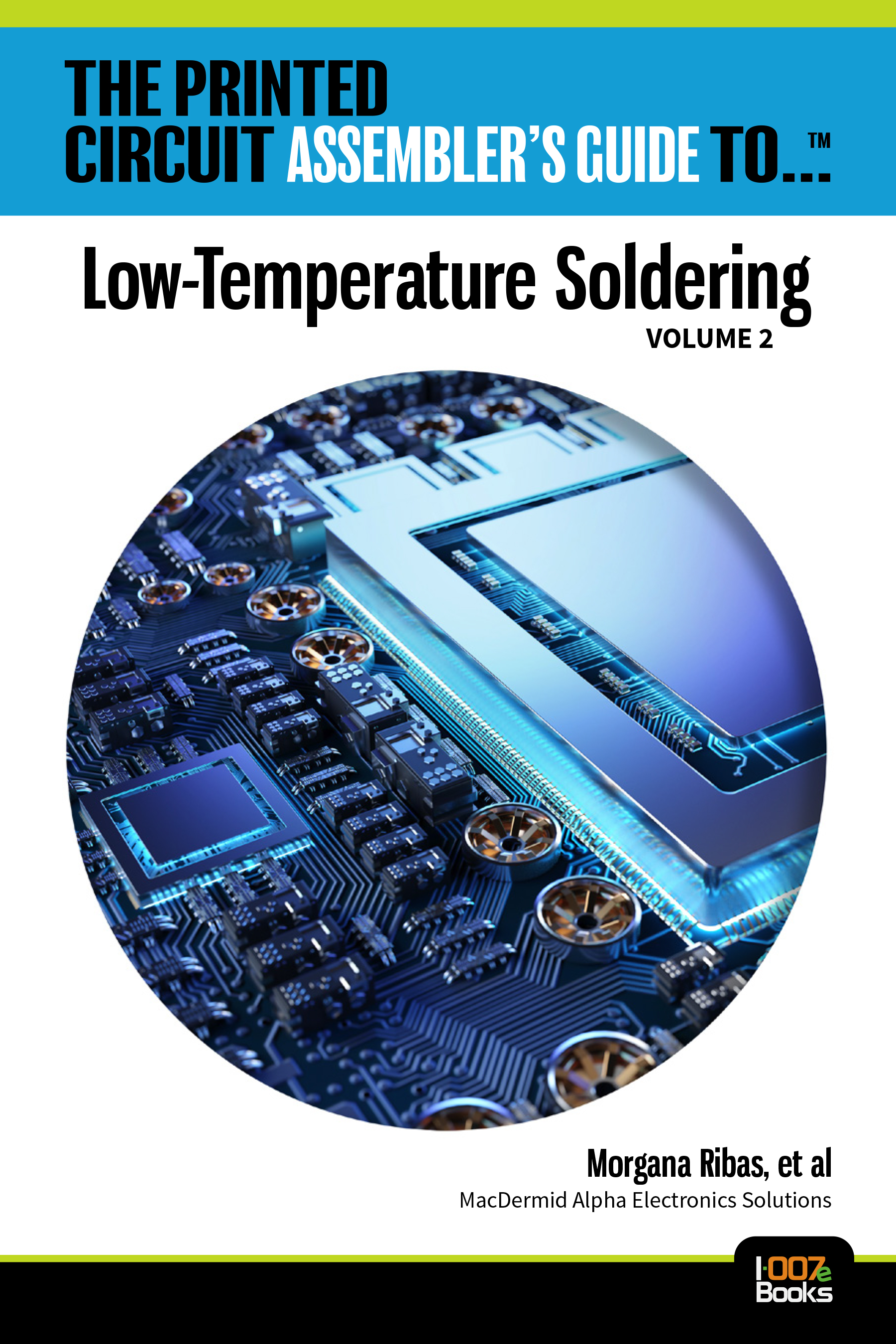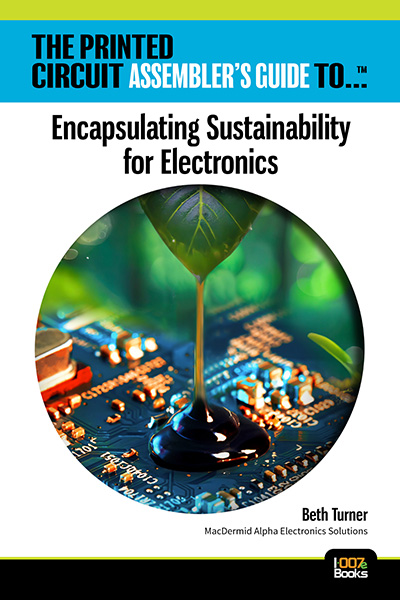-

- News
- Books
Featured Books
- pcb007 Magazine
Latest Issues
Current Issue
The Growing Industry
In this issue of PCB007 Magazine, we talk with leading economic experts, advocacy specialists in Washington, D.C., and PCB company leadership to get a well-rounded picture of what’s happening in the industry today. Don’t miss it.

The Sustainability Issue
Sustainability is one of the most widely used terms in business today, especially for electronics and manufacturing but what does it mean to you? We explore the environmental, business, and economic impacts.

The Fabricator’s Guide to IPC APEX EXPO
This issue previews many of the important events taking place at this year's show and highlights some changes and opportunities. So, buckle up. We are counting down to IPC APEX EXPO 2024.
- Articles
- Columns
Search Console
- Links
- Events
||| MENU - pcb007 Magazine
Brooks' Bits
Column from: Douglas Brooks, PhD.
Douglas Brooks, PhD, is the founder of UltraCAD Design, Inc. He has written numerous articles in several disciplines and has held signal integrity seminars around the world. He has spent most of his career in the electronics industry in positions of engineering, marketing, management, and as CEO of several companies. Brooks finally retired from daily work in 2013. Prentice Hall has recently published his latest book, PCB Currents: How They Flow, How They React, and a 7-hour educational video series on signal integrity.


